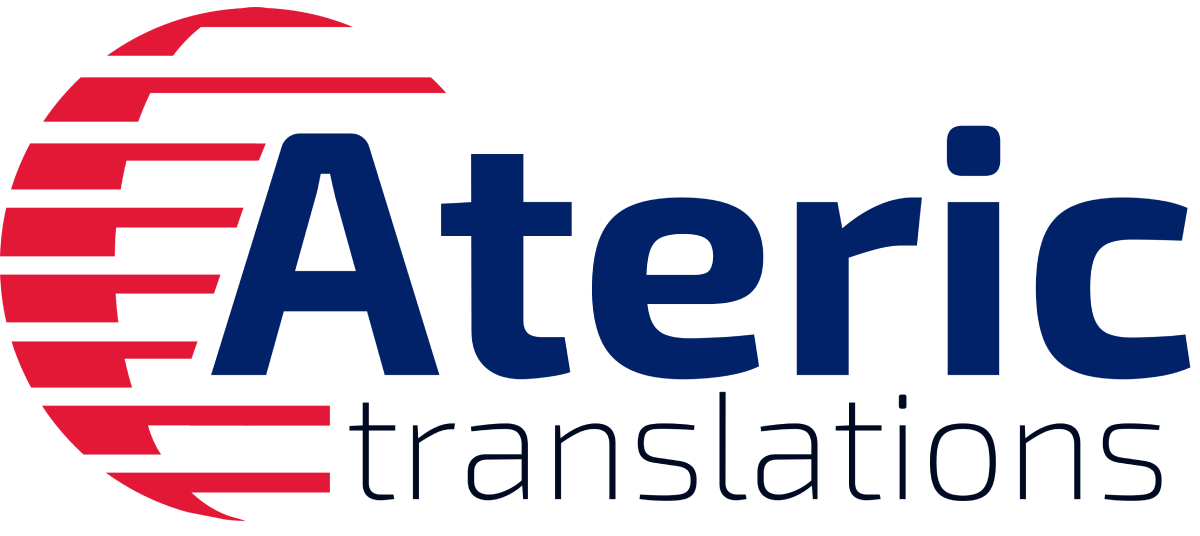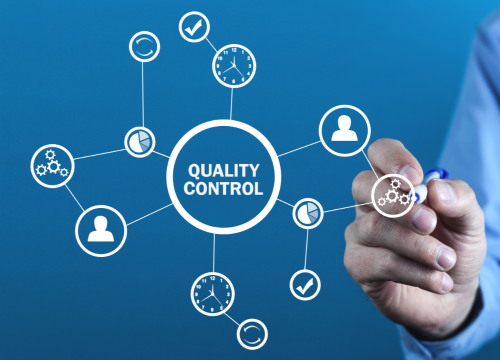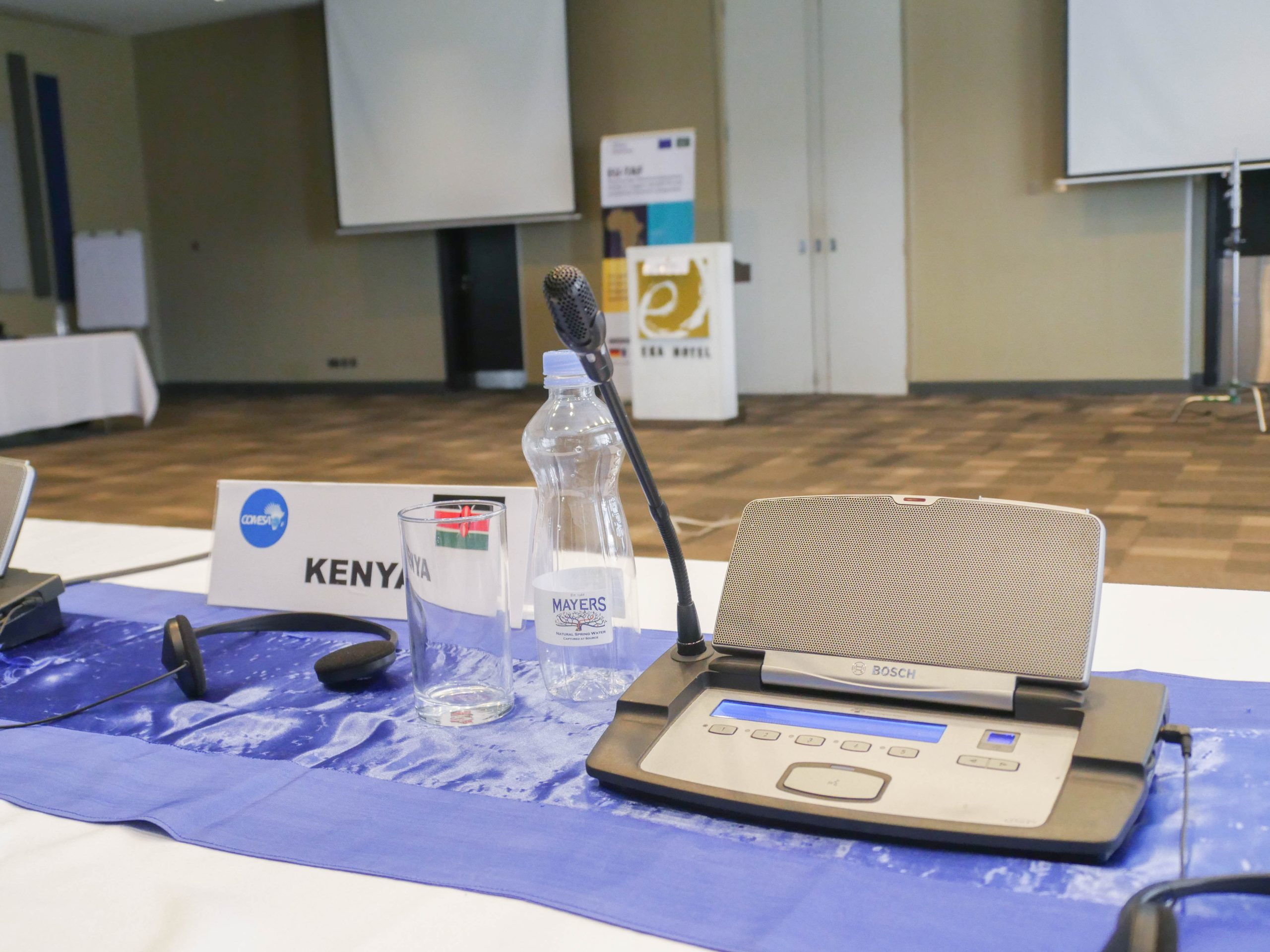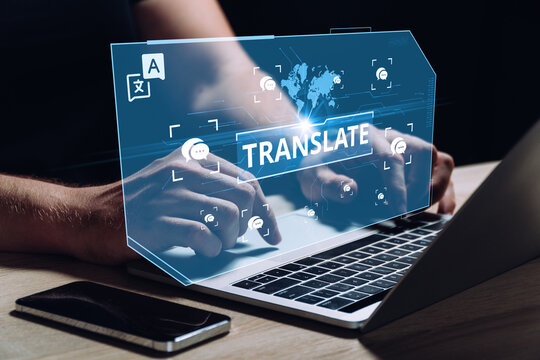
Technology has significantly reshaped modern interpretation and translation services, making them more accessible, efficient, and scalable.
The Current State of Technology in Interpretation and Translation
Remote services like Video Remote Interpretation (VRI) and Over-the-Phone Interpretation (OPI) allow interpreters to provide real-time support from anywhere, reducing costs and increasing accessibility. These tools are particularly impactful in sectors like healthcare and business, where timely communication is crucial. Computer-assisted translation softwares (CAT) like SDL Trados and MemoQ further enhance collaboration, ensuring faster turnaround times for translation projects and seamless communication between clients and language professionals.
AI-powered tools, such as machine translation and speech recognition, have revolutionized the industry by quickly processing large volumes of text and assisting interpreters in real-time. While these tools are invaluable, they require human oversight to address cultural nuances, idiomatic expressions, and emotional tones. On-demand solutions like mobile apps and multilingual chatbots offer instant access to language professionals and automated responses, catering for immediate support, such as travel.
The Future of Technology in Interpretation and Translation
Despite its advancements, technology cannot fully replace human expertise. Cultural sensitivity and contextual understanding remain essential for accurate and meaningful communication. The future of interpretation and translation lies in a hybrid model, where human professionals work alongside advanced technologies like augmented reality (AR) and virtual reality (VR) to streamline global communication. This approach ensures that the efficiency and scalability of technology complements the irreplaceable value of human expertise.
Ultimately, technology continues to break down language barriers and foster global collaboration, but the synergy between human professionals and technological innovation remains key to achieving truly effective communication. By leveraging the strengths of both, interpretation and translation services can meet the growing demands of our interconnected world.
How Industries Should Position Themselves in Light of The Technological Advancements
In light of technological advancements in interpretation and translation services, industries and clients can adopt several strategies:
- Embrace technology like AI-powered tools and cloud-based systems to enhance efficiency, especially in healthcare, legal, and e-commerce.
- Focus on human-AI collaboration to ensure accuracy and cultural relevance, particularly for industries like life sciences and legal services.
- Prioritize localization for global expansion by adapting content to align with local cultural norms and consumer behaviors.
- Leverage real-time interpretation tools such as Video Remote Interpretation (VRI) for industries like healthcare and tourism.
- Invest in training for teams to effectively use advanced translation tools and platforms. For industries handling sensitive information, adopt secure solutions like blockchain for data protection.
- Tailor content for multimedia platforms by investing in services like subtitling and dubbing, especially for entertainment and marketing sectors.
- Finally, monitor industry trends such as augmented reality (AR) and virtual reality (VR) to stay ahead of emerging technologies.
By adopting these strategies, industries can use technological advancements as a competitive advantage to expand their global reach while maintaining high-quality communication standards.
At Ateric Translations, we blend cutting-edge technology with the human touch to deliver accurate, culturally relevant, and impactful language solutions. Ready to break down language barriers? Contact us today!
-
Previous Post
THE 5 TYPES OF INTERPRETATION YOU NEED TO KNOW
